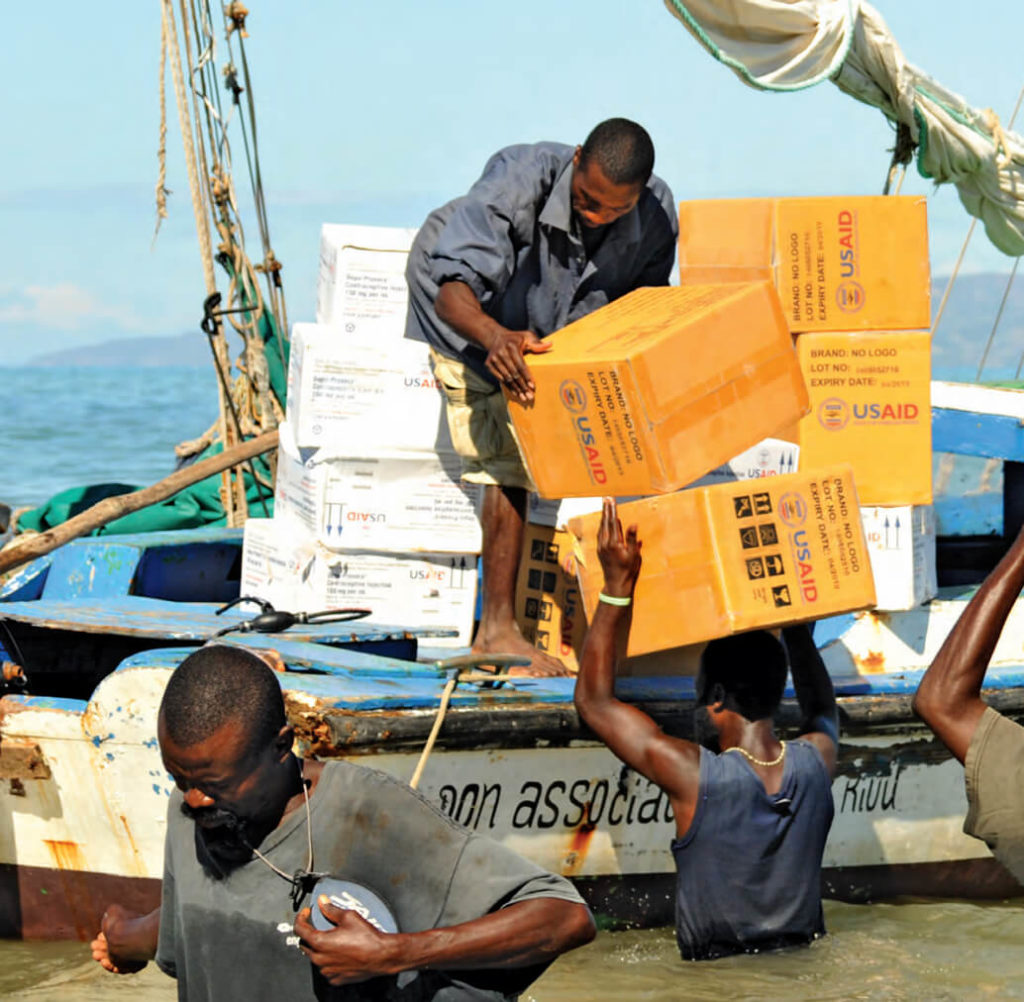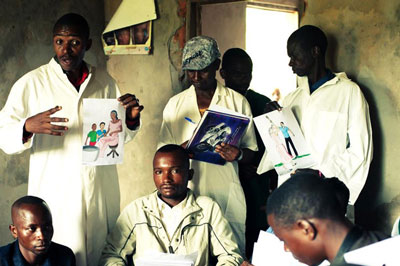Improving Drug Management to Control Tuberculosis
Improving Drug Management to Control Tuberculosis

Tuberculosis (TB) is a highly contagious disease that people catch after inhaling a very small number of TB germs and becoming infected. One-third of the world’s population is currently infected with the TB bacillus, and five to ten percent of these people will become sick or infectious at some time during their life. Nearly one third of people with HIV are also infected with TB. Because of the staggering spread of TB—over 8.4 million new cases a year—in 1993 the World Health Organization (WHO) declared this disease a global emergency. Since then, several global initiatives have been launched to control its spread and effectively treat TB patients.
Through one of these initiatives, the Global TB Drug Facility of the Stop TB Partnership purchases and provides TB drugs, free of charge, to countries in need. However, the number of countries it currently serves is limited, and numerous obstacles can hinder the flow of TB drugs in a country. Better drug management is needed to overcome the obstacles and increase the number of patients who are cured.
This issue of The Manager offers policymakers and managers of TB programs at all levels a practical, systematic approach to strengthening drug management so that TB drugs reach and are appropriately used by patients. It introduces the drug management cycle and describes how effective drug policies and laws can support this cycle. The issue also explains how specific improvements in drug selection, procurement, distribution, and use, as well as in management support, can help to maintain an adequate flow of TB drugs.

